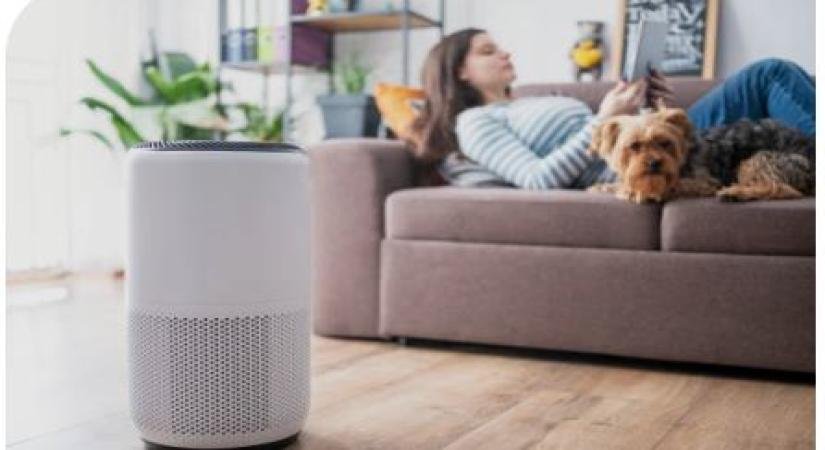
5 Ways To Improve Indoor Air Quality
Air pollution continues to be a growing concern, impacting us in various ways.
Notably, indoor air quality can be up to five times worse than outdoor air. With an increasing amount of time spent indoors, the quality of the air we breathe is becoming an increasingly common concern, given its potential to cause various short- and long-term health issues.
Start fresh
It is entirely likely that your home is already full of indoor air pollution sources and contaminants. The best way to start fresh is with a thorough deep clean. Begin with the basics like vacuuming carpets and hard floors, mopping where possible, and dusting easily accessible surfaces.
Upholstered surfaces like mattresses, bedding, and sofas, as well as curtains and other cloth accents, are commonly overlooked but can be loaded with contaminants. Launder what is possible and take a vacuum and attach it to larger, permanent surfaces.
Remember to clean underneath and behind furniture as dust can accumulate in these spaces as well. If you have the time, it is helpful to remove items from shelves and other decorative objects and clean those as well.
Keep outdoor pollutants outdoors
Many common indoor air pollutants can be attributed to outdoor sources. These include allergens like pollen and mold spores that can travel through the air. The best way to eliminate them is by not letting them in to begin with.
Properly sealing doors and windows will not only help create a barrier between these outdoor pollutants and your home’s interior, but it can also help regulate temperature and humidity. Home supply stores sell inexpensive solutions for sealing cracks and gaps in window and door frames.
Control indoor humidity and temperature
Mold and bacteria love warm, dark, damp environments. And if you provide one for them, they will happily occupy your home. While it is ideal to strategies for proper humidity and temperature control during the planning and construction phases when building a new home, there are many ways to improve your home’s existing environment to limit mold and bacteria growth.
As mentioned earlier, sealing doors and windows not only helps keep out many common pollutants but can also help maintain your preferred heat and humidity levels. If you want to have some sort of ventilation in spaces that can become wet, like bathrooms, the kitchen, and the basement, a properly sealed living space is ideal.
Let in fresh air
With all the ways discussed to control indoor air quality and eliminate indoor air pollution sources, the most common-sense solution can sometimes be to simply open your windows. Fresh air can help remove existing pollutants and circulate uncontaminated air throughout your home. Improving ventilation in bathrooms and the kitchen by using an exhaust fan can also be helpful.
From the simple act of opening windows to welcome fresh breezes to the introduction of air-purifying indoor plants and the implementation of meticulous cleaning routines, we delve into these strategies, intertwining them with the urgency and the air quality challenges we face. Each step we take, and each action we commit to, contributes to the greater cause of ensuring that our indoor spaces remain sanctuaries of clean, revitalizing air that promises improved health, longevity, and enhanced well-being.
Purify your air
Air purifier technology is becoming increasingly advanced and can drastically help reduce indoor air pollution. (IANS)




